5 Standard Safety Features on Home Elevators
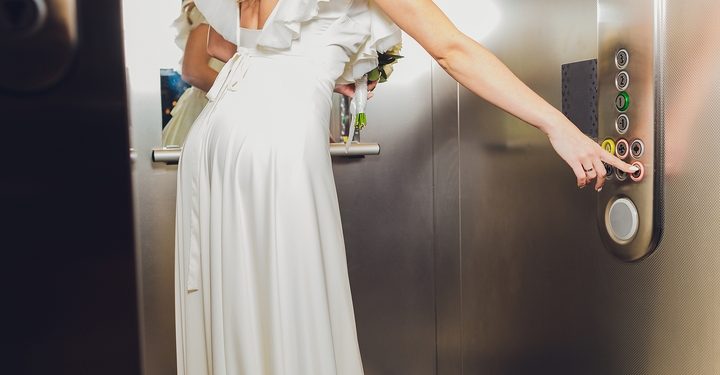
Regulations and standards state that home elevators should have various safety features, such as fire alarms which alert users of fire hazards and smoke, as well as door sensors that stop the door from closing if there is someone in the way. You are meant to feel protected and comfortable in your home. So as to keep yourself safe and avoid accidents at home, the most advanced features and technology will be needed.
1. Gates
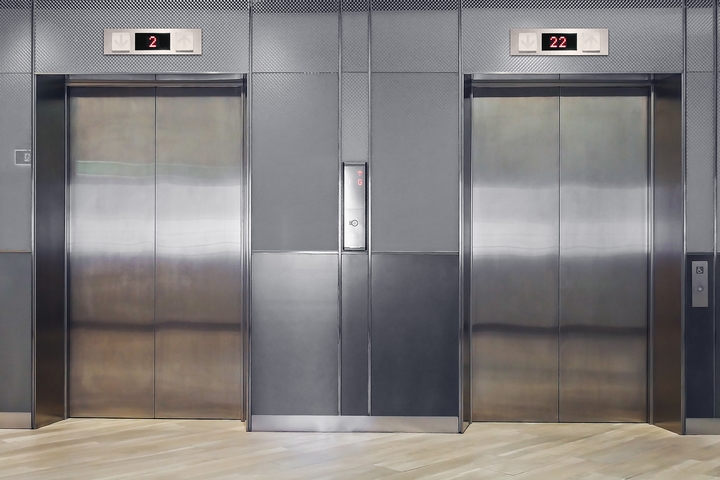
Home elevators should have gates attached to the cab. Gates should not be confused with doors. The door is found at each landing whereas the gate is attached to the elevator cab and travels with it. The elevator should not be able to function unless the gate is securely closed and free from obstructions.
Commercial elevators in public buildings such as government buildings and hospitals do not have gates, but instead, their cars have side sliding metal doors. Compared to a set of metal doors, gates are much lighter in weight. If you need to consult with a professional, MAD Elevator may be able to provide you with additional information.
2. Interlocks
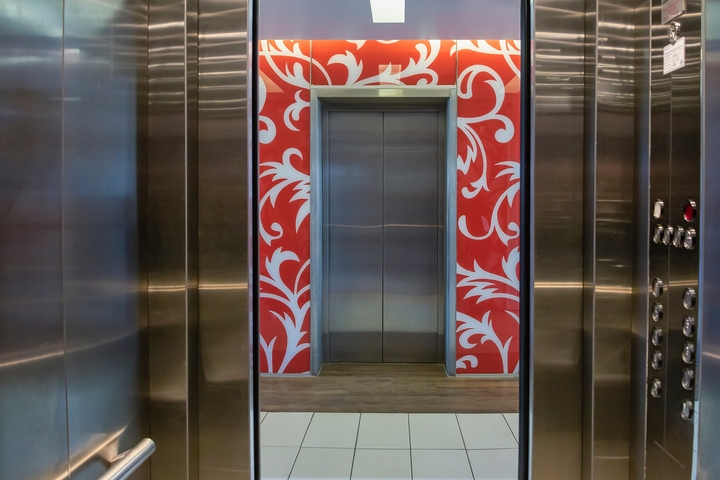
It would be unsafe if the elevator landing door stayed open while the elevator is at rest or in use. Interlocks are useful as they block direct access to the elevator hoistway thus preventing accidents. They reduce the possibility of a user falling down the shaft or under the cab, making them a safety essential. They tend to use electricity or a key that will open the interlocks.
3. Indicators and lighting
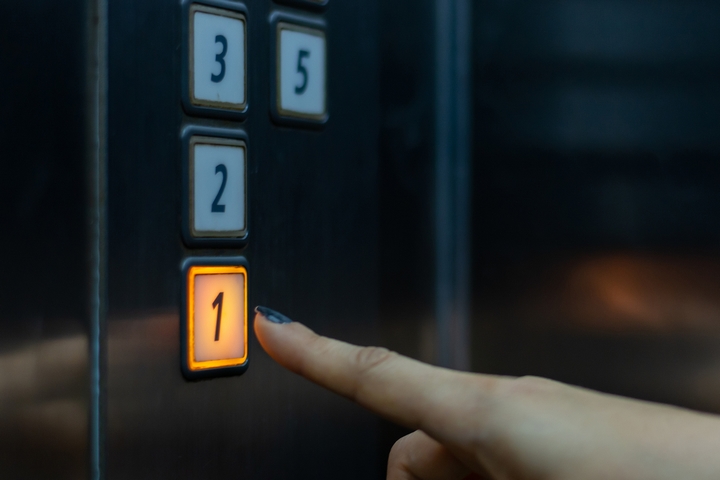
Ceiling lights are a necessity and tend to illuminate when the elevator is in use and when the elevator door opens. The lighting should be LED as this is energy-efficient, has low temperatures, and is brighter than other lighting fixtures. Emergency lights are also usually available and function when there is a power outage.
4. Handrail
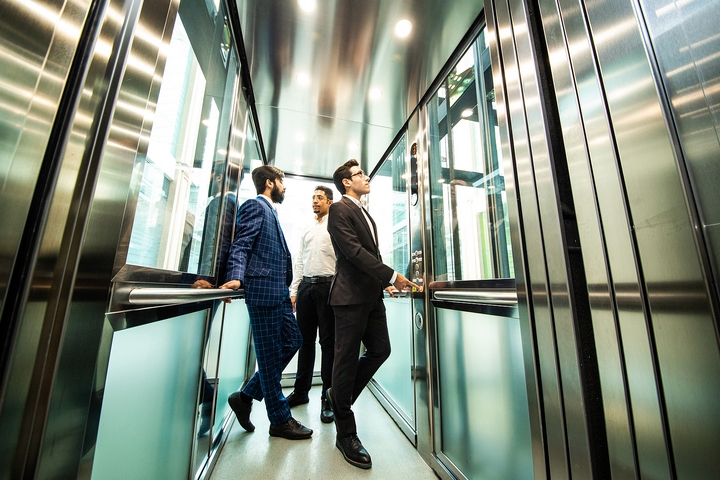
You should be familiar with the handrails in elevators. For the rider’s support and balance, they are located around the sides. A handrail will offer comfort and more security when the elevator cab stalls or generally when feeling unsteady while using an elevator.
5. Emergency responsiveness
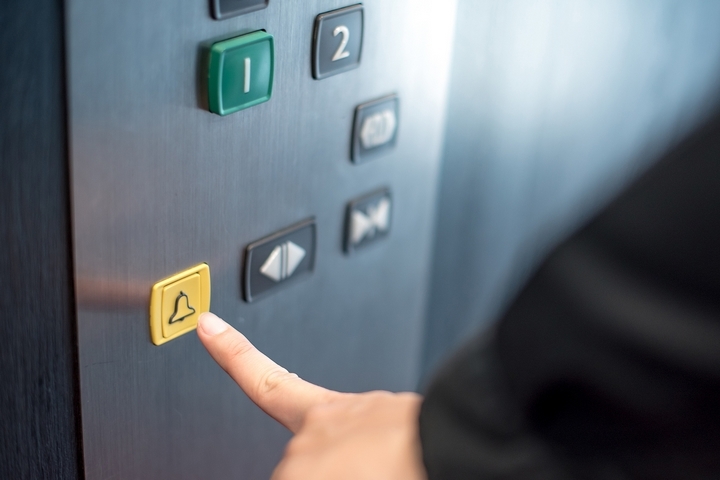
You must wonder how your home elevator will react to a power outage in the house. Having an accident or getting trapped in the elevator if electricity suddenly goes out would not be the most ideal situation especially if no one else is in the house. Many of the modern elevators can handle such emergencies with equipped technology. Should the electricity go out, the elevators have a backup battery that lowers the cab to the lowest point. Standard equipment also includes an emergency bell and emergency lighting.


